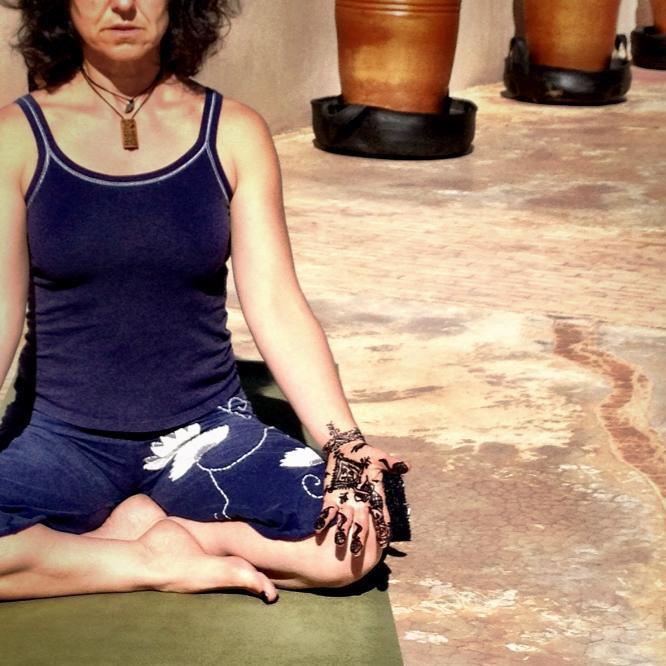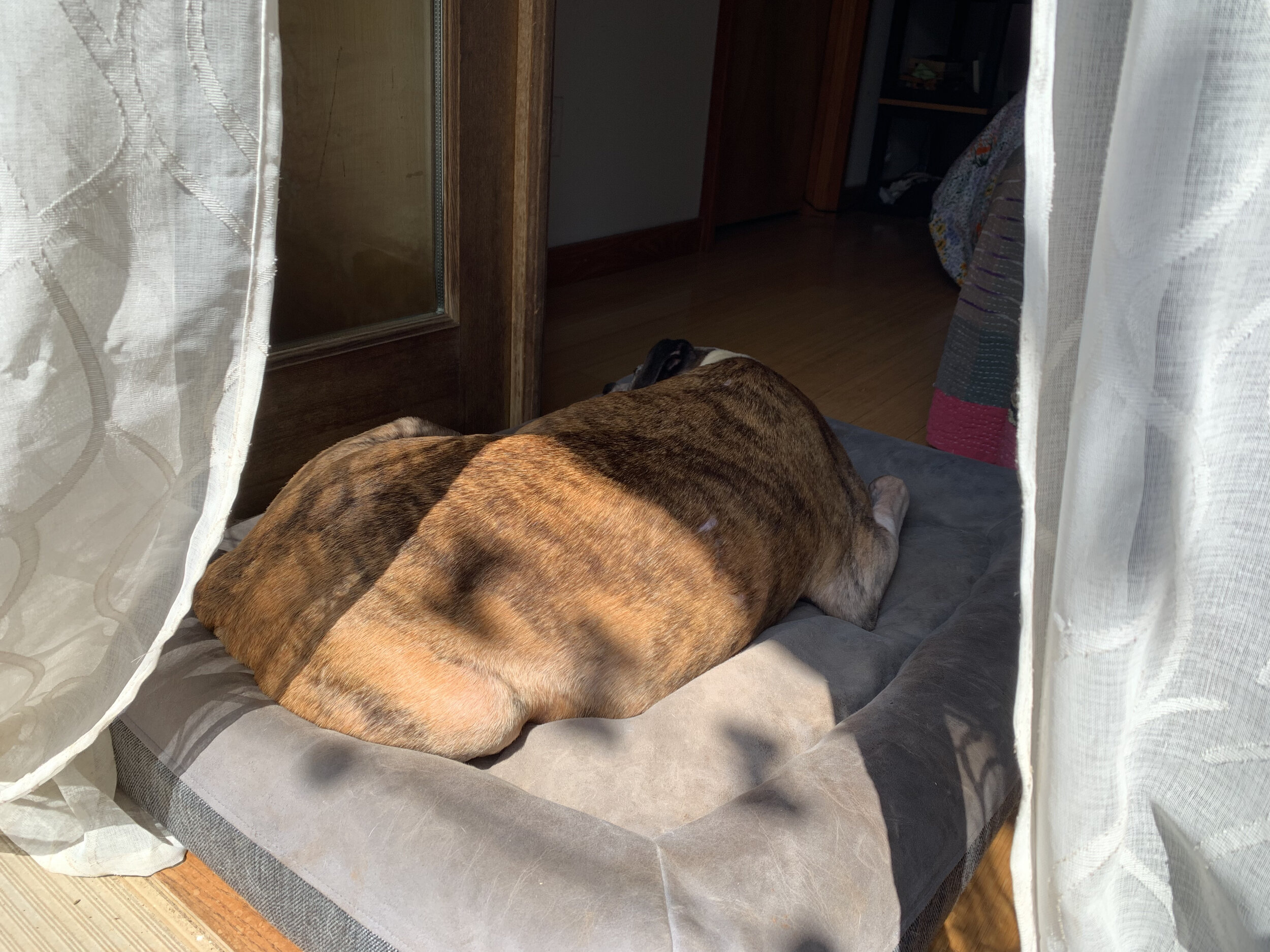On the morning of November 9, I awoke to a flurry of news around me that was at once completely unexpected and also not. It shook me to my core, and I had no words to express my sense of confusion and dismay. At the same time, the experience felt familiar somehow, and a memory came to me that invited me to sit down to write this essay. On the third anniversary of my father's death, a month after I started to write it, the essay was completed. This is that essay.
*****
It wasn’t unheard of for the snow to accumulate eighteen inches overnight where I grew up in Western New York. Which is not to say that it wasn’t disconcerting or even worrisome, even though we knew about it ahead of time.
Roads would be torturous to navigate, even with snow plows starting their rounds at 3am and salt trucks following closely behind. Snow banks could grow to 6’ high or higher in some areas, and people would get stuck in their own driveways unless they, too, planned ahead and woke up extra early to shovel or plow.
We would still have school on those mornings when everyone was prepared for the eventuality of the heavy snowfall. We would listen intently to the radio and watch the ticker at the bottom of the morning news screen to see which schools were closed, but it seemed that it was only in extreme cases when would ours be named among them. We would wait until the very last moment, when we were in peril of missing the bus would, to drag ourselves toward the door, don our snow coats and heavy boots, and trudge down the driveway to the bus stop.
Waiting for the school bus, I recall routinely testing myself to see how high I could get on the bank before it consumed me. The answer would depend largely on the color of the coating—the darker the grey, the greater the likelihood I could get to the top without losing balance or mooring, the coarse salt having melted the snow which then hardened into a crusty coating on the outside of the bank. You had to be careful, though, if you did make it to the top since a single misstep could end badly in a faceplant against the equivalent of frozen gravel.
For my parents, work was rarely, if ever, cancelled, which meant that my dad would start toiling before daybreak to clear the driveway so that he and my mom could get their cars out of the garage and onto the thoroughfares. These mornings required him to play an intricately choreographed game with the city plows which took a tremendous trove of forethought and strategy. One miscalculation, and his pre-dawn efforts would be voided by a passing plow as the end of the driveway would quickly wall in with street snow.
But simply getting onto the road was only half the battle on those mornings, as I would come to understand fully only when I, too, learned how to drive in the snow.
My dad, who was one to explain everything in great detail so that we would learn fully and exactly how the world worked, would show us in real-time why snow tires were so important for winter driving in that climate, how they would grip the snowy road because their deeper grooves promoted the snow’s more even disbursement around them, how they, too, had limits that we were beholden to honor.
He would never miss an opportunity to demonstrate the best way to handle a car in the snow, citing the need for heightened vigilance about driving defensively and limiting trust in other drivers only to the likelihood that they would make poor decisions in moments of stress. My dad didn’t trust people, but he trusted in the nature of things. This fact always confused me since it seemed to me that people were part of nature, but, for his own reasons, he didn’t see things that way.
On particularly cold days, he would proceed extra slowly, almost tauntingly so, to honor the unspoken will of the prevailing driving conditions. It would unravel me to traverse such familiar roads so gingerly, challenging my childlike tendency toward impatience, and he would respond to my frustrations always with the same deliberate demonstration.
“See how the road looks clear?” he would gesture at a point through the windshield. “The plows have removed the fresh snow, and the salt has melted the top layers of what’s left. But the tires still don’t touch the pavement, and this means I have less control of the vehicle on the roadway.” He preferred the use of technical terms like “vehicle” and “roadway” over “car” and “street.” He was a thinker and a knower, always drawing colorful analogies to illustrate his finer points and never quite satisfied with how deconstructed more complex concepts had become in his time.
He’d wait a few seconds to avail himself of a wide berth from other cars to press ceremoniously deeply on the brakes, and the car would begin to glide in a way that felt like we were floating. As a child, I enjoyed this feeling, but my dad would quickly explain that this floating sensation was in fact dangerous, the result of a lack of control caused by the loss of contact between the surfaces of the tires and the ground below, resulting in a perilous disconnect between the steering wheel and the forward trajectory of the car. We were careening at an angle out of our lane, and the more my father pressed on the brakes, the less control he had over where we were going. I would always start to panic at this point, suddenly aware of our loss of control and of the dangers that surrounded us.
At that precise moment and as if by magic, my dad would capture my attention by righting the car instantaneously and give me the following, methodical explanation. When the car starts to veer out of control, he’d elaborate, you have to override your instinct to slam on the brakes for the exact reason the car is veering out of control in the first place—the absence of contact between the tires and the road. Under normal driving conditions, friction against the road surface creates contact so you can steer and brake normally, but, when driving on snow and ice where friction does not gain purchase, braking only serves to lock up your tires, exacerbating that loss of control. Instead, you must steer into the direction of the skid in order to right your course.
It wasn’t until many years later, when I would learn to drive on snow-covered roadways in the dead of winter, that I would experience for myself the simultaneity of instinct to panic and knowledge to redirect. And still, since having moved away from snowy climes, I find myself searching for the correct response on first touch of an icy road after a long hiatus. But the lesson is a clear one whenever I am able to remember it: in cases of sudden and unexpected shift in paradigm, the best course to remain on track (or at least to maintain a sense of control in an otherwise uncertain moment) is to move with your momentum, even if it means momentarily steering into the fray.
******
As humans, we move through life with a series of behaviors and assumptions that guide our practices and inform our understandings. When things turn out differently from the way our expectations had framed them, we react, often instinctively. Our knee-jerk response to stop in our tracks or to avoid a challenge by moving away from it can often exacerbate that situation and precisely create the crisis we had sought to avoid. When we can apply our knowledge and deeper understandings about the way momentum works and have trust in right outcomes, even if they do not meet our original expectations, we find we can still guide our own paths even through moments of total loss of control.
Or something like that.







